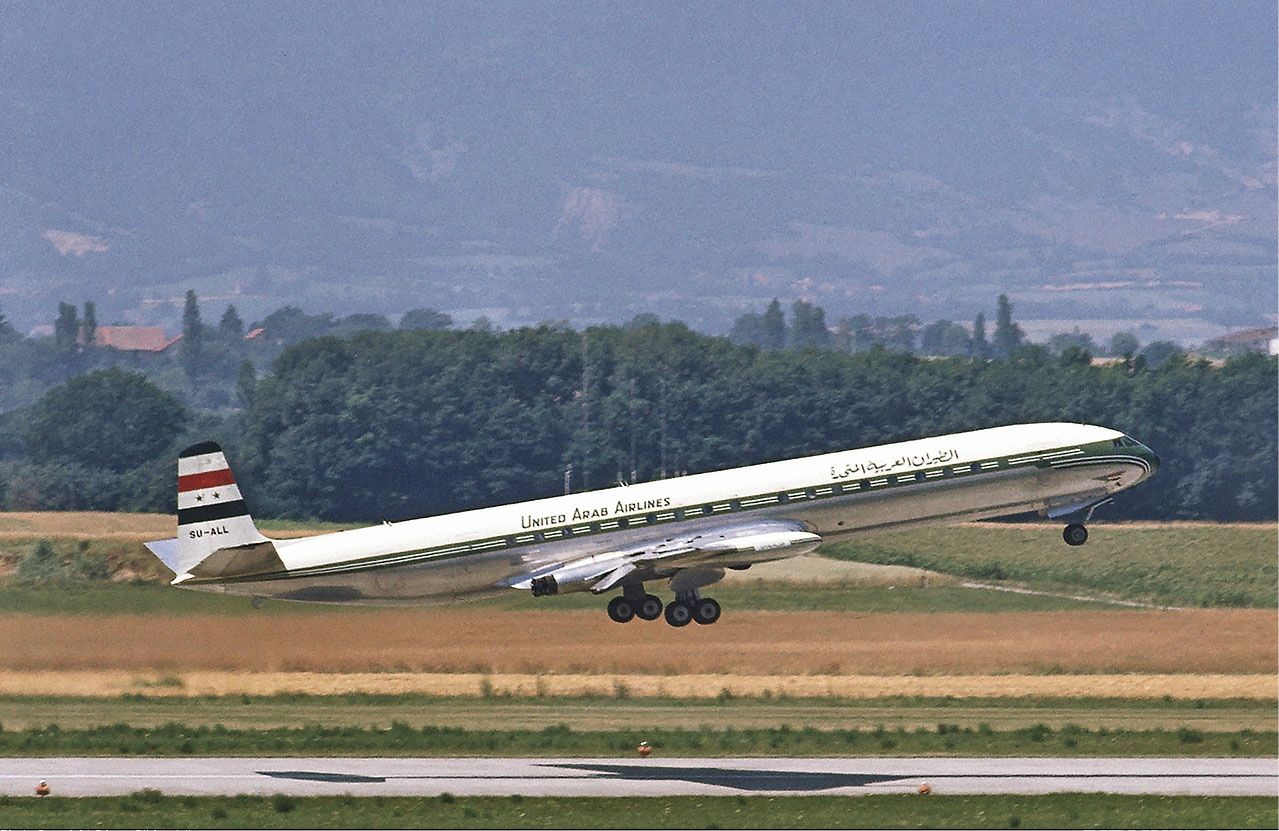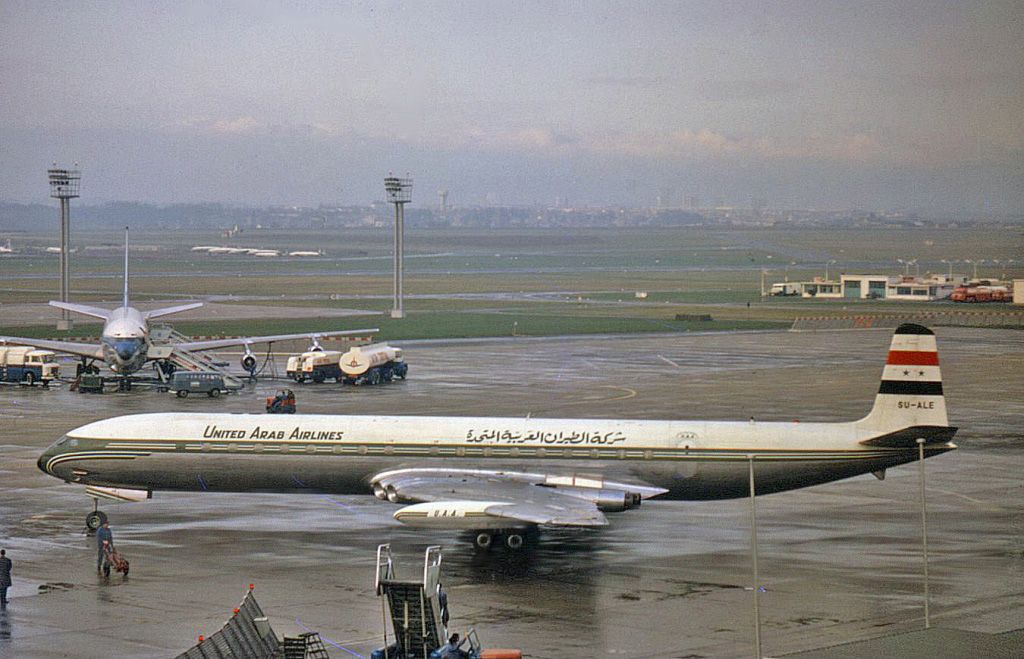Before we talk about the two crashes, it is good to know a little about United Arab Airlines. Based in Egypt, United Arab Airlines was formerly known as Misrair until Egypt and Syria formed the United Arab Republic on February 1, 1958. After the merger of the two counties, they decided to combine Misrair and Syrian Airways into one airline with the name United Arab Airlines. The name was then changed to Egypt Air in 1971.
United Arab Airlines Flight 869 was a scheduled international flight between Hong Kong and Cairo with a stop in Bangkok. The aircraft used for the flight was a three-month-old de Havilland DH-106 Comet 4C equipped with dual VOR receivers, Doppler, and automatic direction finders.
The plane crashed while on approach to Bangkok
On July 19, 1962, United Arab Airlines Flight 869 took off from Hong Kong Kai Tak Airport (HKG) at 13:30 UTC for the first leg of its journey to Cairo. At 15:08 UTC, the aircraft established contact with Bangkok Air Traffic Control (ATC), asking to fly direct to Bangkok using VOR. Permission was granted, and the crew told the tower they expected to arrive in Bangkok at 15:30 UTC.
Bangkok ATC advised the plane of the weather conditions at the airport while instructing them to descend to 4,000 ft. At 15:40 UTC, Bangkok Approach Control took responsibility for the aircraft, and the crew gave a new ETA at the VOR as 15:44. The plane was then cleared for landing on runway 21R after crossing the VOR.
A few minutes later, all contact with the aircraft was lost. The plane had crashed into the Khao Yai mountain northeast of Bangkok, killing all 18 passengers and eight crew. The subsequent investigation determined that the crew's calculations were wrong, resulting in grave errors of time and distance.
United Arab Airlines Flight 869 (1963)
A year later, in 1963, a United Arab Airlines de Havilland Comet 4C operating with the same flight number crashed into the Arabian Sea on final approach to Bombay. Operated on July 28, United Arab Airlines Flight 869 was a regularly scheduled flight from Tokyo to Cairo with stops in Hong Kong, Bangkok, Bombay, and Bahrain.
The crew reported being overhead the Bombay Santa Cruz Airport VOR beacon at 7,000 feet and received permission for ATC to descend to 4,000 feet. With no instrument landing system approach available, ATC advised the crew to carry out an approach using the VOR beacon. The crew acknowledged the instructions and began the plane's descent.
t this point, the ATC controller advised them that there would be heavy rain and turbulence if they went six miles west of the airport. Rather than the standard right-hand turn approach, the crew requested a left-hand turn approach. The aircraft disappeared from radar, crashing into the sea ten miles from Madh Island, killing all 63 passengers and crew.
Because they could not salvage any wreckage and the fact that the crew had reported no issues, it was concluded that heavy turbulence had caused the plane to crash as it turned towards the airport.
Both crashes involved Comets
Most airlines typically retire flight numbers following fatal crashes to not remind passengers and crew of the tragedy. This is especially so in high-profile crashes where many people die. United Arab Airlines failed to do this and had the same flight number for both crashes.
After the Comet 4 entered service in 1958, five fatal accidents were put down to pilot error. The Bombay incident in 1963 blamed terrible weather for the crash.

.jpg)

